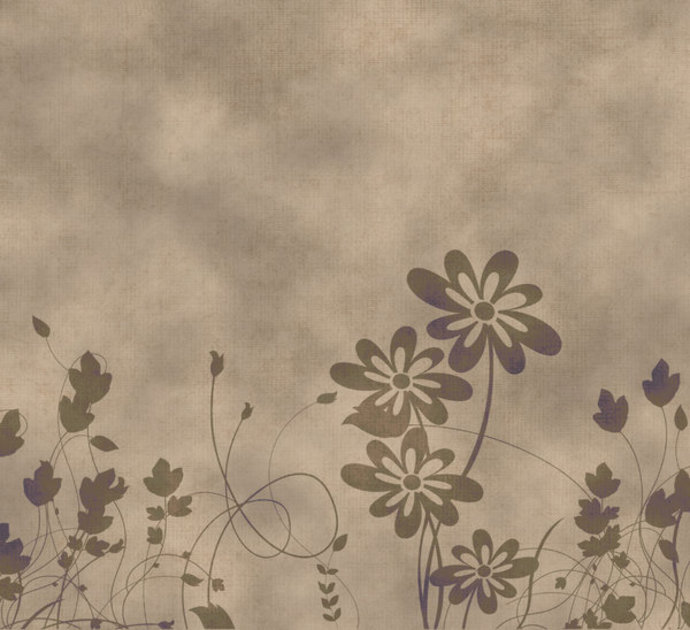
ūżų╝ųĘūóųĘūØ ūÉųĘūŚųĘū¬ ūöų┤ūøų╝ų┤ūÖū©ūĢų╝ ūæų╝ųĖūöųČū¤ ūÉūĢų╣ūÖų░ūæų┤ūÖūØ ūĢų░ū©ųĖūōų░ūżūĢų╝ ūÉųĘūŚų▓ū©ųĄūÖūöųČūØ, ūĢų░ūĀų┤ūøų░ūĀų░ūĪūĢų╝ ū£ų┤ūÖūśų╝ūĢų╣ū£ ūøų╝ų░ū£ųĄūÖ ū¢ųĄūÖūÖūĀųĖū¤, ūĢų░ūĀų┤ūøų░ūĀų░ūĪūĢų╝ ūÉūĢų╣ūÖų░ūæų┤ūÖūØ ūÉųĘūŚų▓ū©ųĄūÖūöųČū¤. ūōų╝ųĖūŚų▓ū¦ūĢų╝ ū¢ųČūö ūÉųČū¬ ū¢ųČūö, ūĢų░ūöųĖū©ų░ūÆūĢų╝ ū¢ųČūö ūÉųČū¬ ū¢ųČūö ūÖūĢų╣ū¬ųĄū© ū×ų┤ū×ų╝ųĘūö ū®ų╝ūüųČūöųĖū©ų░ūÆūĢų╝ ūÉūĢų╣ūÖų░ūæų┤ūÖūØ. ūæų╝ų░ūÉūĢų╣ū¬ųĖūöų╝ ū®ūüųĖūóųĖūö ūöų┤ū¬ų░ū¦ų┤ūÖūĀūĢų╝ ū®ūüųČūÖų╝ų░ūöūĢų╝ ūŚūĢų╣ū¢ų░ū©ų┤ūÖū¤ ū£ų┤ū×ų░ū¦ūĢų╣ū×ųĖū¤ ūæų╝ų┤ūøų░ū£ųĄūÖ ū¢ųĄūÖūÖūĀųĖū¤.
Once, their enemies noticed that they were no longer carrying their weapons, and they chased after them; and the defenders entered the house to take up their weapons and fight, and their enemies entered after them, causing great confusion. In the chaos, the defenders began to push one another, and they killed more of each other than their enemies killed of them. At that time the Sages instituted that they should return to their locations, i.e., their destinations, with their weapons.
This is similar to another situation described in Gemara Shabbos 60a
ūĪųĘūĀų░ūōų╝ųĖū£ ūöųĘū×ų░ūĪūĢų╝ū×ų╝ųĖū© ū×ųĘūÉūÖ ūśųĘūóų░ū×ųĖūÉ?
GEMARA: The Gemara asks: What is the reason that the Sages prohibited going out with a spiked sandal on Shabbat?
ūÉųĖū×ųĘū© ū®ūüų░ū×ūĢų╝ūÉųĄū£: ū®ūüų┤ū£ų░ūżųĄūÖ ūöųĘū®ų╝ūüų░ū×ųĖūō ūöųĖūÖūĢų╝, ūĢų░ūöųĖūÖūĢų╝ ūĀųČūŚų░ūæų╝ųĖūÉų┤ūÖū¤ ūæų╝ų┤ū×ų░ūóųĖū©ųĖūö, ūĢų░ūÉųĖū×ų░ū©ūĢų╝: ūöųĘūĀų╝ų┤ūøų░ūĀųĖūĪ — ūÖų┤ūøų╝ųĖūĀųĄūĪ, ūĢų░ūöųĘūÖų╝ūĢų╣ū”ųĄūÉ — ūÉųĘū£ ūÖųĄū”ųĄūÉ.
Shmuel said: They were those who eluded the decrees of religious persecution, and after one of the wars they were hiding in a cave. And those hiding said: One who seeks to enter the cave may enter, but one who seeks to leave the cave may not leave. One leaving has no way to determine whether or not the enemy is lying in wait outside the cave. Therefore, leaving could reveal the presence of those hiding in the cave.
ūĀųČūöų░ūżų╝ųĘūÜų░ ūĪųĘūĀų░ūōų╝ųĖū£ūĢų╣ ū®ūüųČū£ ūÉųČūŚųĖūō ū×ųĄūöųČū¤, ūøų╝ų┤ūĪų░ūæūĢų╝ū©ų┤ūÖū¤ ūöųĄūØ ūÉųČūŚųĖūō ū×ųĄūöųČū¤ ūÖųĖū”ųĖūÉ ūĢų░ū©ųĖūÉūĢų╝ūöūĢų╝ ūÉūĢų╣ūÖų░ūæų┤ūÖūØ ūĢų░ūóųĘūøų░ū®ūüųĖūĢ ūæų╝ųĖūÉų┤ūÖū¤ ūóų▓ū£ųĄūÖūöųČū¤. ūōų╝ųĖūŚų▓ū¦ūĢų╝ ū¢ųČūö ūæų╝ųĖū¢ųČūö ūĢų░ūöųĖū©ų░ūÆūĢų╝ ū¢ųČūö ūÉųČū¬ ū¢ųČūö ūÖūĢų╣ū¬ųĄū© ū×ų┤ū×ų╝ųĘūö ū®ūüų╝ųČūöųĖū©ų░ūÆūĢų╝ ūæų╝ųĖūöųČūØ ūÉūĢų╣ūÖų░ūæų┤ūÖūØ.
It happened that the sandal of one of them was reversed, the front of the sandal was in the back, and his footprints appeared like the steps of one leaving the cave. They thought that one of them left and feared that their enemies saw him and were now coming upon them to attack. In their panic, they pushed one another and killed one another in greater numbers than their enemies had killed among them. To commemorate this disaster that resulted from a spiked sandal, they prohibited going out into the public domain with it.
A few observations:
- We Jews have a long memory. The particular kind of shoe is forbidden because of one incident. The shoe was not really the cause but the way to commemorate it because fixed on the shoe. So much respect for past and history of events!
- In both stories (Eruvin and Shabbos), the narrator tells us that the numbers of dead were more by their own panic and trampling each other than by the enemy. A strong lesson in how fear and panic is our own worst enemy. The Gemara Relate several versions of the story. In one version, they were misled because a backward sandal imprint made it look like somebody left the cave. There is a well-known idea Zoharitic and mystical literature that whenever there is a disagreement it is not actually a disagreement but a presentation of Different aspects of the story. (A good example of that is the fact that in the gemara, there are three different possibilities for what is the shofar sound of Teruah, and so in doubt we make three different sounds.) yet in the Zohar, each of the three sounds represent different aspects and there is no halakhic question.) It is easy to imagine that a backward-looking sandal imprint is somehow a metaphor or perceiving the opposite and therefore panicking. This idea is relevant for our times where the media ensues panic in the various stories about the world, and causes a lack of unity, turning ourselves into our own worst enemy.
for Video Shiur click here to listen: Psychology of the DAF Eruvin 45
Translations Courtesy of Sefaria

 Previous
Previous
